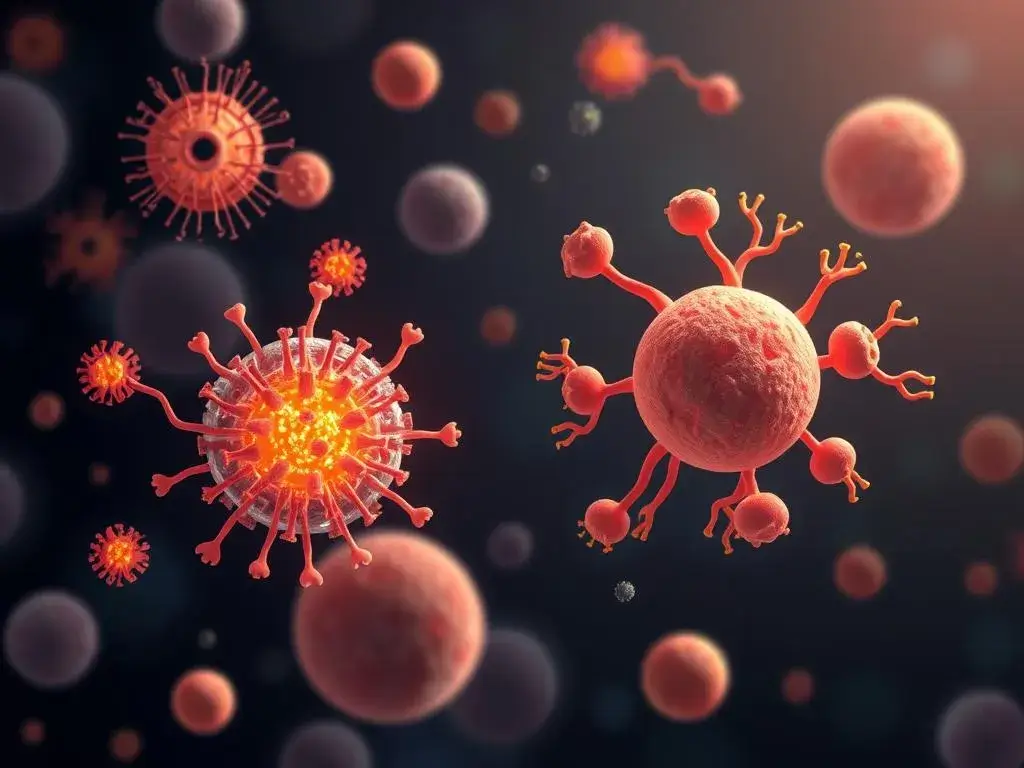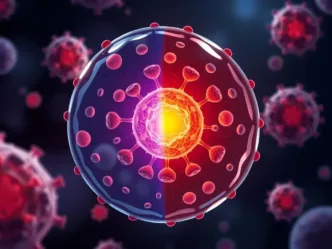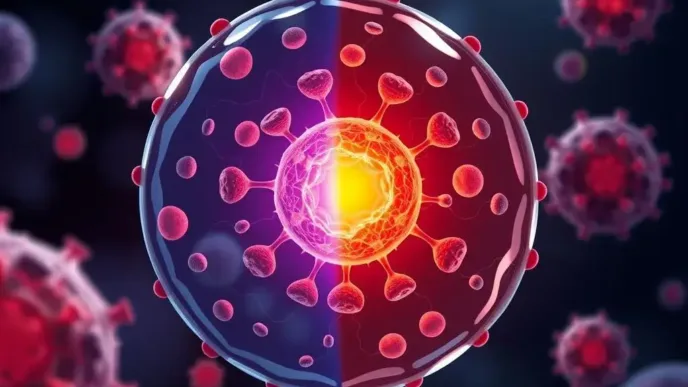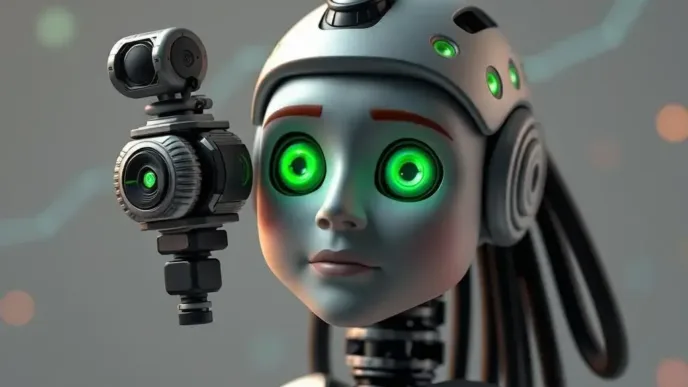Explore the fundamental, meaning and definition, differences between prokaryotes and eukaryotes in this comprehensive examination. Learn about their cellular structures, genetic compositions, reproductive strategies, and ecological roles, highlighting how these two categories of life form the backbone of biological diversity on Earth. Discover examples and evolutionary insights that illustrate their distinct paths and functional contributions to ecosystems.
Difference between Prokaryotes from Eukaryotes: A Thorough Examination of Cellular Worlds 🔬
In the vast domain of biology, prokaryotes and eukaryotes represent the two primary categories of cellular life, each embodying distinct evolutionary paths and functional adaptations that underpin the diversity of organisms on Earth. These classifications not only highlight fundamental structural variances but also encompass differences in size, genetic organization, reproductive strategies, ecological roles, and historical origins.
This discussion provides a comprehensive overview, drawing on established scientific insights to elucidate their contrasts across all pertinent dimensions. By exploring these elements, we gain a deeper appreciation for how such microscopic entities form the building blocks of life, from simple bacteria to complex multicellular beings.
Defining the Essentials: Core Characteristics and Classifications 📖🧬
Prokaryotes encompass single-celled organisms lacking a defined nucleus, with their genetic material dispersed freely within the cell. This group includes bacteria and archaea, entities renowned for their resilience in extreme environments. In essence, they represent life’s most early forms, optimized for rapid adaptation and survival in diverse habitats.
Eukaryotes, by comparison, feature cells with a true nucleus enclosing their DNA, alongside specialized compartments known as organelles. This category spans a broader spectrum, including protists, fungi, plants, and animals, often forming multicellular structures that enable intricate biological processes. Their design facilitates greater complexity, supporting advanced functions like tissue specialization and coordinated responses to stimuli.
Meaning and definition of Prokaryotes vs Eukaryotes
Prokaryotes(from Greek pro = before + karyon = nucleus)
Single-celled organisms whose genetic material is not enclosed within a membrane-bound nucleus; they lack membrane-bound organelles and include Bacteria and Archaea.
Eukaryotes(from Greek eu = true + karyon = nucleus)
Organisms (unicellular or multicellular) whose cells possess a membrane-bound nucleus that encloses the chromosomes, along with membrane-bound organelles such as mitochondria, endoplasmic reticulum, and (in photosynthetic groups) chloroplasts; they comprise Protists, Fungi, Plants, and Animals.
Structural Variances: Internal Architecture and Organelles 🏗️🔍
A pivotal distinction lies in cellular organization. Prokaryotic cells exhibit a streamlined layout without membrane-enclosed organelles, relying instead on a single compartment where all activities—from energy production to protein synthesis—occur in the cytoplasm. Their cell walls, often composed of peptidoglycan in bacteria, provide robust protection, while flagella enable motility through simple rotation.
Eukaryotic cells, however, boast a sophisticated internal framework, complete with membrane-bound organelles such as mitochondria for energy generation, chloroplasts in plants for photosynthesis, and the endoplasmic reticulum for protein processing. This compartmentalization enhances efficiency, allowing specialized tasks to proceed without interference. Additionally, eukaryotes possess a cytoskeleton for structural support and intricate flagella or cilia for movement, underscoring their advanced engineering.
Scale and Intricacy: Dimensions and Organizational Levels 📏🌀
Size offers another clear demarcation. Prokaryotes typically measure between 0.1 and 5 micrometers, rendering them microscopic and suited to environments where compactness aids swift replication and resource efficiency. Their simplicity extends to unicellular existence, limiting them to basic colonial formations at best.
Eukaryotes dwarf them, ranging from 10 to 100 micrometers or larger in some cases, which accommodates their multifaceted operations. This scale supports multicellularity, enabling the formation of tissues, organs, and systems, as seen in humans or oak trees, where cellular cooperation drives complex behaviors and longevity.
Genetic Composition: DNA Structure and Management 🧬📚
Genetic material handling further differentiates the two. In prokaryotes, DNA forms a single, circular chromosome floating in the nucleoid region, supplemented by plasmids for additional genes that confer advantages like antibiotic resistance. This setup promotes quick gene expression but lacks protective mechanisms against mutations.
Eukaryotes organize DNA into multiple linear chromosomes housed within the nucleus, wrapped around histones for compact storage and regulation. This arrangement allows for sophisticated control over gene activity, facilitating diverse cell types and responses to environmental cues, though it demands more energy for replication.
Reproductive Strategies: Modes of Propagation and Variation 🔄🌱
Reproduction in prokaryotes predominantly occurs via binary fission, a rapid asexual process where the cell divides into two identical offspring, ensuring genetic uniformity but allowing for horizontal gene transfer to introduce variability. This method suits their fast-paced lifestyles in fluctuating conditions.
Eukaryotes employ both asexual (mitosis) and sexual (meiosis) reproduction, the latter introducing genetic diversity through recombination and gamete fusion. Such mechanisms foster evolutionary innovation, evident in the vast array of species, though they require more time and resources compared to prokaryotic simplicity.
Illustrative Instances: Real-World Representatives 🌍🦠
Examples vividly illustrate these groups. Prokaryotes include Escherichia coli, a common gut bacterium aiding digestion, and extremophiles like Thermococcus in hot springs, showcasing their adaptability to harsh niches.
Eukaryotes range from single-celled amoebas navigating ponds to multicellular marvels like redwood trees or elephants, demonstrating how nuclear organization enables ecological dominance and symbiotic relationships.
Evolutionary Narratives: Origins and Developmental Paths 🕰️🌿
Evolutionarily, prokaryotes trace back over 3.5 billion years, serving as life’s pioneers and precursors to eukaryotes through endosymbiosis, where ancient bacteria became organelles like mitochondria. Their genomes remain compact, reflecting early simplicity.
Eukaryotes emerged around 2 billion years ago, evolving greater complexity that spurred biodiversity explosions, such as the Cambrian period’s multicellular surge. This progression highlights a shift from solitary survival to interdependent ecosystems.
Functional Roles and Ecological Contributions: Impacts on Life Systems 🌐⚙️
Functionally, prokaryotes excel in metabolic versatility, performing tasks like nitrogen fixation or decomposition essential for nutrient cycles, often in anaerobic settings.
Eukaryotes drive higher-order processes, such as photosynthesis in plants sustaining oxygen levels or neural signaling in animals enabling cognition. Their roles intersect in microbiomes, where prokaryotes aid eukaryotic hosts, yet eukaryotes’ complexity allows for advanced adaptations like immune responses.
Concluding Insights: Bridging Cellular Realms 🚀🤝
Ultimately, the disparities between prokaryotes and eukaryotes underscore life’s remarkable spectrum—from the unadorned efficiency of ancient microbes to the elaborate orchestration of advanced organisms. These differences not only inform scientific pursuits, such as antibiotic development or genetic engineering, but also emphasize interdependence in global ecosystems. As research advances, understanding these cellular paradigms continues to unravel the mysteries of existence.
Should refinements to structure, additional emphases, or expansions on specific facets be required, please provide further directives.
Prokaryotes vs Eukaryotes
| Feature | Prokaryotes | Eukaryotes |
|---|---|---|
| Nucleus | Absent; DNA is a naked circular chromosome in the cytoplasm. | Present; DNA enclosed inside a double-membrane nucleus. |
| Organelles | None membrane-bound (no mitochondria, ER, Golgi, chloroplasts). | Many membrane-bound organelles (mitochondria, ER, Golgi, chloroplasts, lysosomes, etc.). |
| Cell size | Small (typically 0.1 – 5 µm). | Larger (typically 10 – 100 µm). |
| Chromosomes | Single circular chromosome + plasmids. | Multiple linear chromosomes with histone proteins. |
| Cell division | Binary fission (simple duplication & splitting). | Mitosis or meiosis (spindle apparatus involved). |
| Ribosomes | 70 S (smaller). | 80 S (larger); organelles have 70 S ribosomes. |
| Cell wall | Present in most (peptidoglycan in bacteria, pseudo-peptidoglycan in archaea). | Present only in some (plants—cellulose; fungi—chitin; animals lack cell walls). |
| DNA packaging | No histones (except some archaea). | DNA wrapped around histone proteins. |
| Examples | Bacteria & Archaea. | Protists, fungi, plants, animals. |
One-liner:
Prokaryotes are small, simple cells without a nucleus or membrane-bound organelles, while eukaryotes are larger, complex cells that possess a true nucleus and many membrane-bound organelles.














Leave a Reply